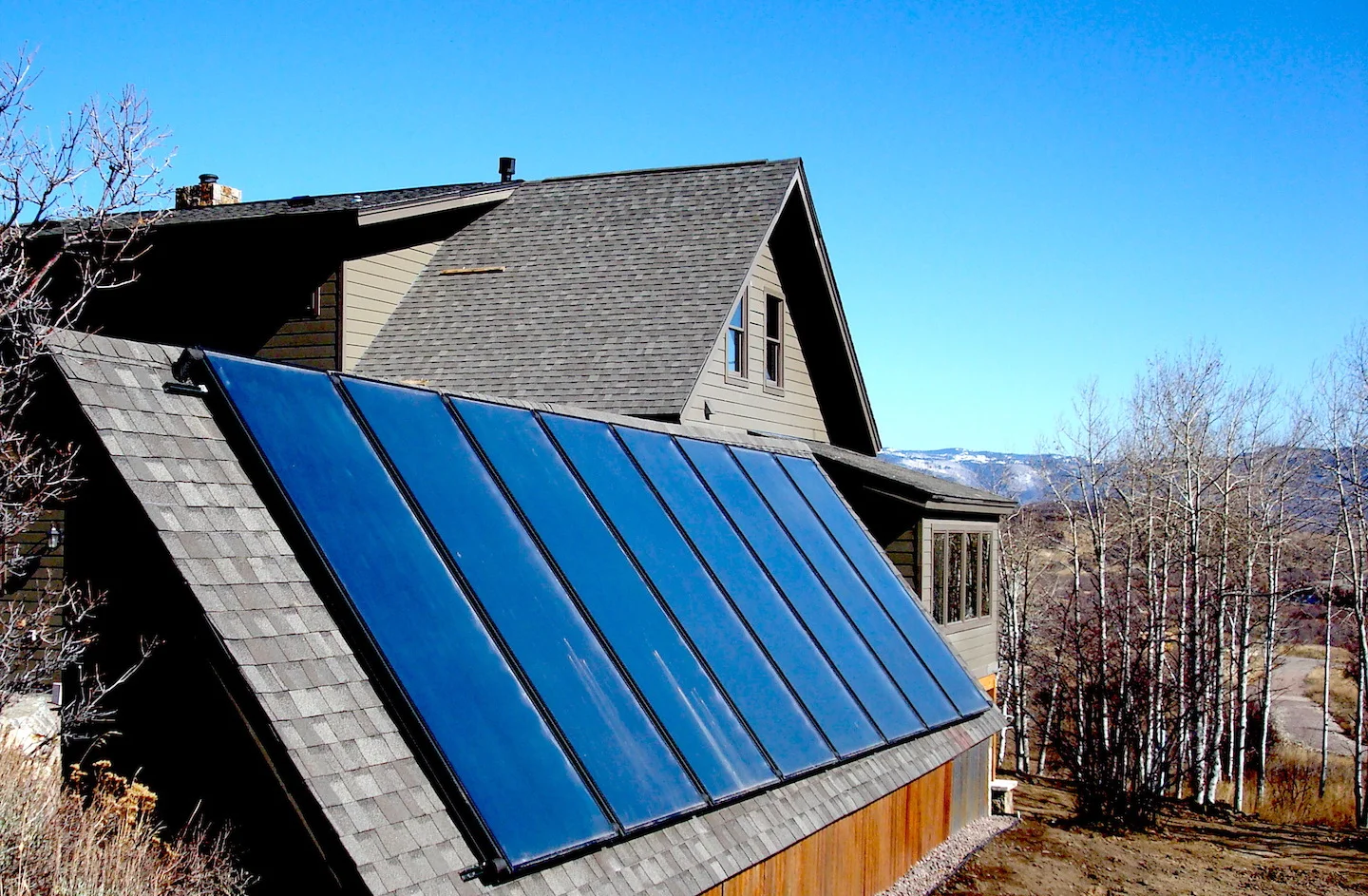Stainless Steel Tanks
We manufacture custom stainless steel storage tanks for most all of our installations. The storage tank is the heart of the system. 90% of the systems that have been abandoned in the past were due to storage tank failure.
Solar companies that use standard pressurized tanks for storage (nothing more than a water heater) are performing a disservice to the unsuspecting homeowner. These tanks have a life expectancy of as little as eight years. Some do go on to function 12 - 16 years, but will eventually fail.
Our tanks are manufactured with #304 stainless steel (one grade below titanium) and use 14 - 16 gauge, depending on the size. The fact that these are custom tanks allows us to fabricate these tanks to fit perfectly into any area freeing up valuable space.
Beware of other tanks on the market that use a rubber bladder. These tanks use wood to support their frame. Over time, the wood in these tanks will take on small amounts of water from steam and evaporation released from the tank. Once this happens, mold can set in and create serious health issues. Also, even the best commercial rubber can only handle 180º F. Solar temperatures can exceed this limit will eventually break down bladder material and leaks will occcur.
Our Stainless Steel Tanks can handle any temperature that these systems put out and are hygienically clean. The solar collectors that we spec for our systems are of a flat plate type. Flat plate solar collectors are constructed with a copper absorber plate, extruded aluminum frame, and low-e textured glass. Foil-face poly-isosynurate insulation keeps the collector from loosing energy. We purchase and sell most all major brands.
A good flat solar collector will last for years and will continue to put out the same rated BTU's that it did when originally put into service.
Drain-back, Chemical Free Water Systems
These systems are designed for 99% of our installs. Water collects heat better than any other fluid on the market. These systems are very simple in their operation and will provide years of trouble-free service.
The perception that freezing is an issue is a misnomer. We have installed these systems in some of the worst climates in Colorado without incident. Winter Park, Crested Butte, with histories of 30 - 40 below zero temperatures are just 2 examples.
Other advantages of drain-back water systems are less components and the ability of shutting the system down without harming the system. A closed loop glycol system for example needs an expansion tank, pressure relief valve, relief drain, pressure gauge, glycol fluid, special seals in all components, auto air vents, and anti-siphoning devices.
Also when these systems reach their high limit (when storage tank reaches around 160º F) they will shut down. The system will stagnate and no flow happens through the collectors loop. The solar collectors continue to absorb solar energy and this energy is transferred to the glycol. This is very hard on the glycol in the system and can lead to premature break-down of the fluid.
When a drain-back systems is no longer collecting heat the system simply shuts down and all of the fluid (water) in the collectors drains-back to the storage tank. This enables the homeowner to shut down the system if the home will be vacant for extended periods of time.











